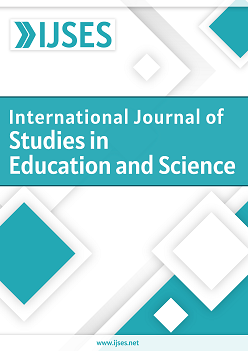The Impact of Cloud Computing on e-Learning during COVID-19 Pandemic
DOI:
https://doi.org/10.46328/ijses.25Keywords:
Cloud based technology, e-Learning, COVID-19 pandemicAbstract
Education plays an important role in a country’s economy and today, the educational model in many countries has evolved with technology. Cloud Based Technology is extensively used by schools and universities in the world. In late December 2019, it was observed that Cloud Based Technologies have been supporting e-Learning during the emergence of the COVID-19 pandemic. This paper (i) addresses the opportunities and challenges of e-Learning through cloud computing and denotes the on-going transition from traditional lessons delivery to online teaching and learning; (ii) focuses on the impact of cloud based technology on e-learning during the COVID-19 pandemic. A bibliometric analysis was used to identify the journals that published articles related to cloud computing and e-Learning from the period 2008 to 2021. The research findings show the key aspects of how technologies have been adapted to this new global challenge and their level of effectiveness that can help policy-makers in the future.References
Samyan, N. & St Flour, P. O. (2021). The impact of cloud computing on e-Learning during COVID-19 pandemic. International Journal of Studies in Education and Science (IJSES), 2(2), 146-172.
Downloads
Published
Issue
Section
License
Articles may be used for research, teaching, and private study purposes. Authors alone are responsible for the contents of their articles. The journal owns the copyright of the articles. The publisher shall not be liable for any loss, actions, claims, proceedings, demand, or costs or damages whatsoever or howsoever caused arising directly or indirectly in connection with or arising out of the use of the research material.
The author(s) of a manuscript agree that if the manuscript is accepted for publication in the International Journal of Studies in Education and Science (IJSES), the published article will be copyrighted using a Creative Commons “Attribution 4.0 International” license. This license allows others to freely copy, distribute, and display the copyrighted work, and derivative works based upon it, under certain specified conditions.
Authors are responsible for obtaining written permission to include any images or artwork for which they do not hold copyright in their articles, or to adapt any such images or artwork for inclusion in their articles. The copyright holder must be made explicitly aware that the image(s) or artwork will be made freely available online as part of the article under a Creative Commons “Attribution 4.0 International” license.

This work is licensed under a Creative Commons Attribution-NonCommercial-ShareAlike 4.0 International License.





